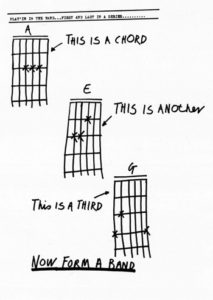Amelia Tate’s recent Guardian article ‘How do you reduce a national dish to a powder?’: the weird, secretive world of crisp flavours was an incredible piece of writing, giving the reader glimpses of a very strange world. It had some ideas that would not be out of place in a William Gibson novel. The first paragraph sets the tone:
[They] have LinkedIn profiles that tell you their job titles. But this is where things get odd: search the name of the company they work for – a name I have agreed not to print – and you’ll find little information about the work Reuben and Peggy do. You could click through every page on their company’s website and leave with no idea that it creates the most beloved crisp flavours in the world.
The article talks about the work of seasoning houses, the companies that create new flavours for crisps. It turns out there are specialist flavours for each country, along with limited edition runs, all catering for different palates. Sweet Mayo Cheese Pringles. Lasagne flavour Lay’s. Rose-petal crisps. Cola or butter caramel. Every flavour you can imagine.
There are characters, such as a Michelin-starred chef who wears “two smart watches, one on each wrist,” and tales of research trips, as well as references to surveillance tools used by Pepsico (owner of the Walkers and Lays brands) to spot growing trends:
PepsiCo uses a tool that “slurps up” every restaurant menu on the internet. “You look at which ingredients are starting to feature; you can see the number of restaurants in Europe using smoked paprika, the incidence of black salt in restaurants in such and such a region,” he says.
It’s feels like a strange science fiction novel with lines like “Kellanova also uses AI, which Merzougui says can predict trends up to 10 years in advance.” But this also feels too strange to have been predicted by a novelist – a world where sophisticated computer systems are used to sell crisps.







